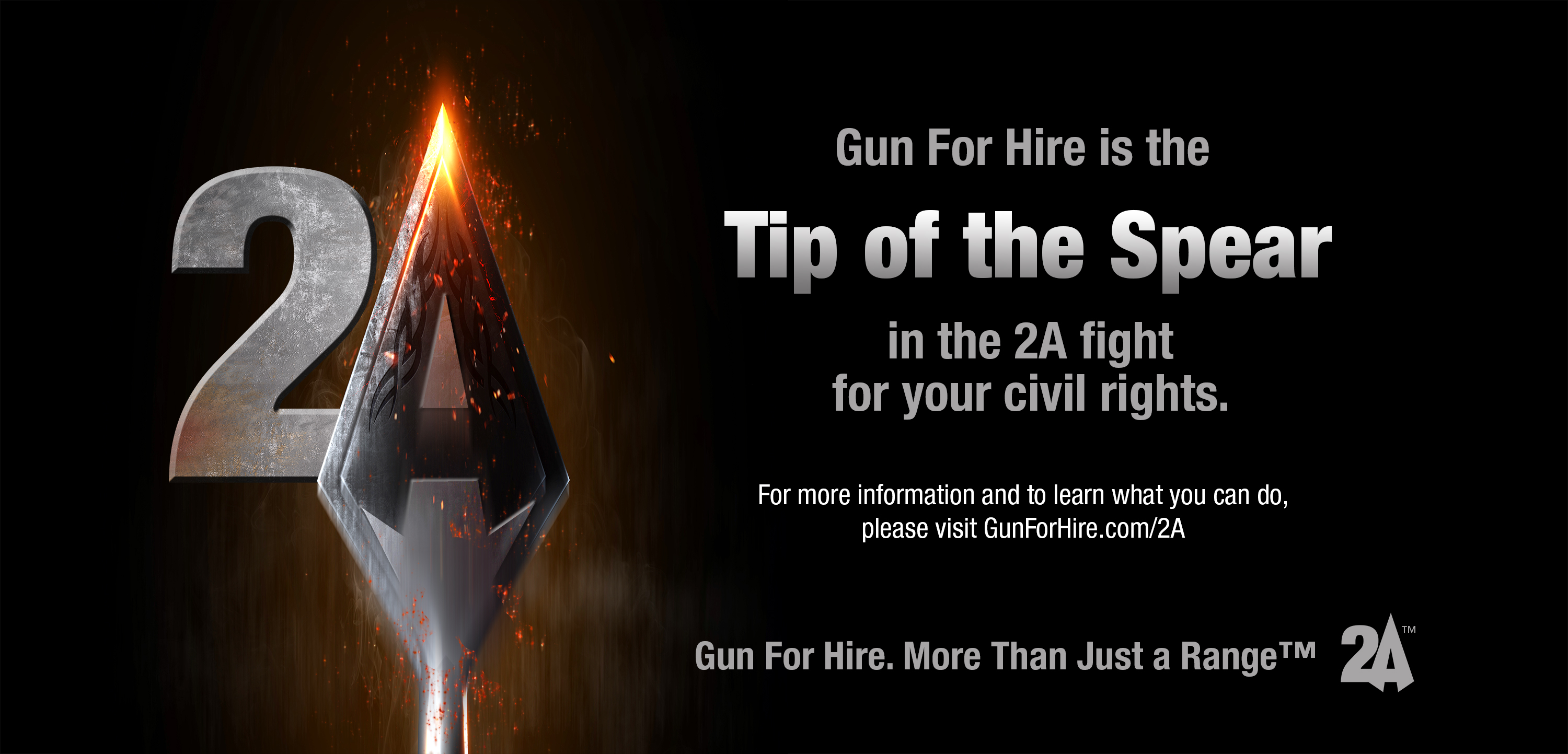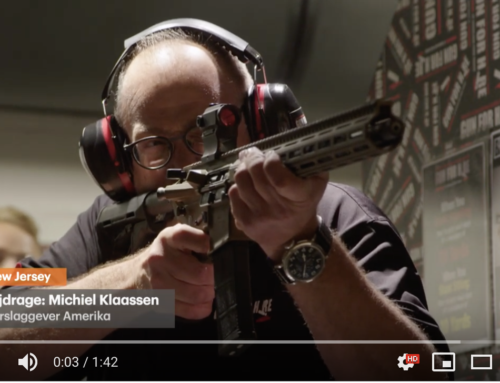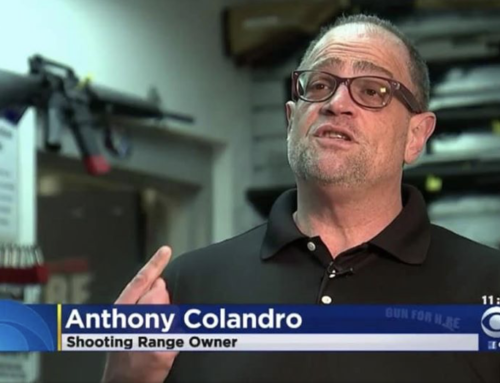“RED FLAG”
EXTREME RISK PROTECTIVE ORDERS –
CONFISCATION OF FIREARMS
To purchase your full copy click here.
(1) How are firearms seized and forfeited under a Chapter 58 “Red Flag” Extreme Risk Protective Order?
A: A family or household member or law enforcement officer may file a petition for a temporary extreme risk protective order alleging that the respondent poses a significant danger of bodily injury to self or others by having custody or control of, owning, possessing, purchasing, or receiving a firearm. The petition shall be heard by the court in an expedited manner. Petition forms are readily available at the courts, and at State, county, and municipal law enforcement agencies.
The temporary extreme risk protective order shall prohibit the respondent from having custody or control of, owning, purchasing, possessing, or receiving firearms or ammunition, and from securing or holding a firearms license or permit during the period the protective order is in effect. Additionally, the order shall require the respondent to surrender firearms and ammunition in the respondent’s custody or control, or which the respondent possesses or owns, and any firearms license or permit and shall be immediately revoked as per of N.J.S.2C:58-3f.
(2) Who qualifies a “Family or household member” under the “Red Flag” law?
A: “Family or household member” means a spouse, domestic partner, partner in a civil union couple or former spouse, former domestic partner, or former partner in a civil union couple, or any other person who is a present household member or was at any time a household member; a person with whom the respondent has a child in common, or with whom the respondent anticipates having a child in common if one of the parties is pregnant; or a current or former dating partner.
(3) Do law enforcement have immunity under the “Red Flag” law?
A: Under NJS 2C:58-22, in addition to any other immunities, a law enforcement officer who, in good faith, does not file a petition for an extreme risk protective order or temporary extreme risk protective order shall be immune from criminal or civil liability.
Additionally. a law enforcement agency shall be immune from civil or criminal liability for any damage or deterioration of firearms or ammunition stored or transported unless the damage or deterioration resulted from recklessness, gross negligence, or intentional misconduct by the law enforcement agency.
(4) What is a petition filed under the “Red Flag” law?
A: A petition for a temporary extreme risk protective order shall include an affidavit setting forth the facts tending to establish the grounds of the petition, or the reason for believing that they exist, and, to the extent available, the number, types, physical description, and locations of any firearms and ammunition currently believed by the petitioner to be controlled or possessed by the respondent. There is no filing fee.
A judge shall issue the order if the court finds good cause to believe that the respondent poses an immediate and present danger of causing bodily injury to the respondent or others by having custody or control of, owning, possessing, purchasing, or receiving a firearm.
The court shall consider whether the respondent:
(1) has any history of threats or acts of violence by the respondent directed toward self or others;
(2) has any history of use, attempted use, or threatened use of physical force by the respondent against another person;
(3) is the subject of a temporary or final restraining order or has violated a temporary or final restraining order issued pursuant to the “Prevention of Domestic Violence Act of 1991,”
(4) is the subject of a temporary or final protective order or has violated a temporary or final protective order issued pursuant to the “Sexual Assault Survivor Protection Act of 2015”;
(5) has any prior arrests, pending charges, or convictions for a violent indictable crime or disorderly persons offense, stalking offense or domestic violence offense;
(6) has any prior arrests, pending charges, or convictions for any offense involving cruelty to animals or any history of acts involving cruelty to animals;
(7) has any history of drug or alcohol abuse and recovery from this abuse; or
(8) has recently acquired a firearm, ammunition, or other deadly weapon.
(5) How long does a temporary extreme risk protective order last?
A: A temporary extreme risk protective order issued under this section shall remain in effect until a court issues a further order. It shall be in effect throughout the State, and shall be enforced by all law enforcement officers.
(6) When will there be a hearing on the final extreme risk protective order?
A: A hearing for a final extreme risk protective order shall be held in the Superior Court in accordance with the Rules of Court within 10 days of the filing. The county prosecutor shall produce in an expedited manner any available evidence. If the court finds by a preponderance of the evidence at the hearing that the respondent poses a significant danger of bodily injury to the respondent’s self or others by having custody or control of, owning, possessing, purchasing, or receiving a firearm, the court shall issue an extreme risk protective order.
An extreme risk protective order issued pursuant to this section shall prohibit the respondent from having custody or control of, owning, purchasing, possessing, or receiving a firearm.
(7) How can one get rid of a final extreme risk protective order?
A: Upon request of the petitioner or respondent, in a form prescribed by the Administrative Office of the Courts, the court may terminate a final extreme risk protective order if:
a. the petitioner or respondent, as the case may be, has received notice in accordance with the Rules of Court;
b. the appropriate law enforcement agency and the county prosecutor have been notified; and
c. a hearing has been held by the court.
The petition for termination of the order may be filed at any time following the issuance of the order. During the hearing, the court shall consider the factors, as well as any other relevant evidence including, but not limited to, whether the respondent has received, or is receiving, mental health treatment.
If the respondent petitioned for termination, the respondent shall bear the burden at the hearing of proving by a preponderance of the evidence that the respondent no longer poses a significant danger of causing bodily injury to the respondent’s self or to other persons by having custody or control of, owning, possessing, purchasing, or receiving a firearm.
(8) How are firearms and ammunition taken under a final extreme risk protective order?
A: The court will order the respondent to surrender all firearms, ammunition and licenses to the police.
Also, the court will issue a search warrant on extreme risk protective orders and the law enforcement officer who serves the order shall request that all firearms and ammunition immediately be surrendered. The respondent must immediately shall surrender, in a safe manner, all firearms, ammunition and licenses to the control of the law enforcement officer.
The respondent may request that the law enforcement agency sell all firearms and ammunition to a federally licensed firearms dealer. The law enforcement officer or licensed firearms dealer taking possession of any firearms or ammunition pursuant to this subsection shall issue a receipt identifying all firearms and ammunition that have been surrendered by the respondent. The officer or dealer shall provide a copy of the receipt to the respondent at the time of surrender.
If the respondent surrenders firearms and ammunition to a law enforcement officer or surrenders or sells firearms and ammunition to a licensed dealer, the respondent must, within 48 hours after being served with the order, file the receipt with the county prosecutor. Failure to timely file the receipt or copy of the receipt shall constitute contempt of the order.
(9) How may firearms and ammunition be returned under a final extreme risk protective order?
A: The respondent may petition the agency for the return of any surrendered firearms or ammunition upon termination of an order. Within 30 days of receiving a petition for the return of surrendered firearms or ammunition and after the termination of the order, the agency shall return the firearm or ammunition unless:
(1) the firearm has been reported as stolen; or
(2) the respondent is prohibited from possessing a firearm under State or federal law.
If a person other than the respondent claims title to any firearm or ammunition surrendered pursuant to this section, and the law enforcement agency determines that the person is the lawful owner of the firearm or ammunition, the firearm or ammunition shall be returned to that person.
If the respondent has surrendered a firearm or ammunition to a federally licensed firearms dealer, after termination of the order, the respondent may request the law enforcement agency, in writing, to authorize the return of the firearm or ammunition from the dealer. The dealer shall transfer the firearm or ammunition to the respondent in accordance with procedures required when a firearm or ammunition is being sold from the dealer’s inventory.
A respondent who has surrendered any firearm or ammunition to a law enforcement agency who does not want the firearm or ammunition returned or is no longer eligible to own or possess a firearm or ammunition may sell or transfer title of the firearm or ammunition to a federally licensed firearms dealer. The agency shall transfer possession of the firearm or ammunition to a licensed dealer only after the dealer has displayed written proof of transfer of the firearm or ammunition from the respondent to the dealer and the agency has verified the transfer with the respondent.
(10) How may firearms and ammunition be destroyed after a final extreme risk protective order?
A: A law enforcement agency holding any firearm or ammunition for more than one year after the termination of the extreme risk protective order may destroy the firearm or ammunition in accordance with the policies and procedures of the agency for destruction of firearms or ammunition.
(11) Is there an electronic registration data base for final extreme risk protective orders?
A: All persons who have had a final extreme risk protective order entered against them, and all persons who have been charged with a violation of a temporary or final extreme risk protective order shall be entered in an electronic central registry created and maintained by the Administrative Office of the Courts. All records made pursuant to this section shall be kept confidential and shall be released only to a police or other law enforcement agency investigating a report of a crime, offense, or act of domestic violence, or conducting a background investigation involving a person’s application for a firearms purchaser identification card or permit to purchase a handgun or employment as a police or law enforcement officer, or for any other purpose authorized by law or the Supreme Court of the State of New Jersey. A respondent’s information, other than information related to a violation of a temporary or final order shall be removed from the registry upon the termination of the extreme risk protective order.
Any person who disseminates or discloses a record or report of the central registry for a purpose other than the purposes authorized in this section or as otherwise authorized by law or the Supreme Court of the State of New Jersey is guilty of a crime of the fourth degree.
(12) Is someone who is subject to an final extreme risk protective order be criminally liable for purchase, acquisition, owning, possessing, or controlling a firearm or ammunition?
A: Yes under C.2C:39-7b.(4) a person who is subject to a “Extreme Risk Protective Order” who purchases, acquires, owns, possesses, or controls a firearm or ammunition is guilty of a crime of the third degree, carrying up to five years in States Prison.
(13) When does this new law take effect?
This act shall takes effect on the first day of the fifteenth month next following enactment. It was approved June 13, 2018.
LOOPHOLES & PITFALLS
It is important to maintain good records of firearms that one possesses. These records should be maintained in a separate location from the firearms themselves. These records may avoid firearms becoming “lost” or “unaccounted for.” It is also a good idea to keep on hand protective firearm covers such as “silicone socks,” which are treated with silicone to prevent rust and are available at most gun shops. Many gun cases will promote rust if firearms are stored for a long period of time. If you fear forfeiture of your firearms, it is also important to have an attorney who is knowledgeable about firearms and New Jersey gun law to provide assistance when necessary.







